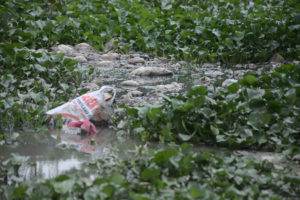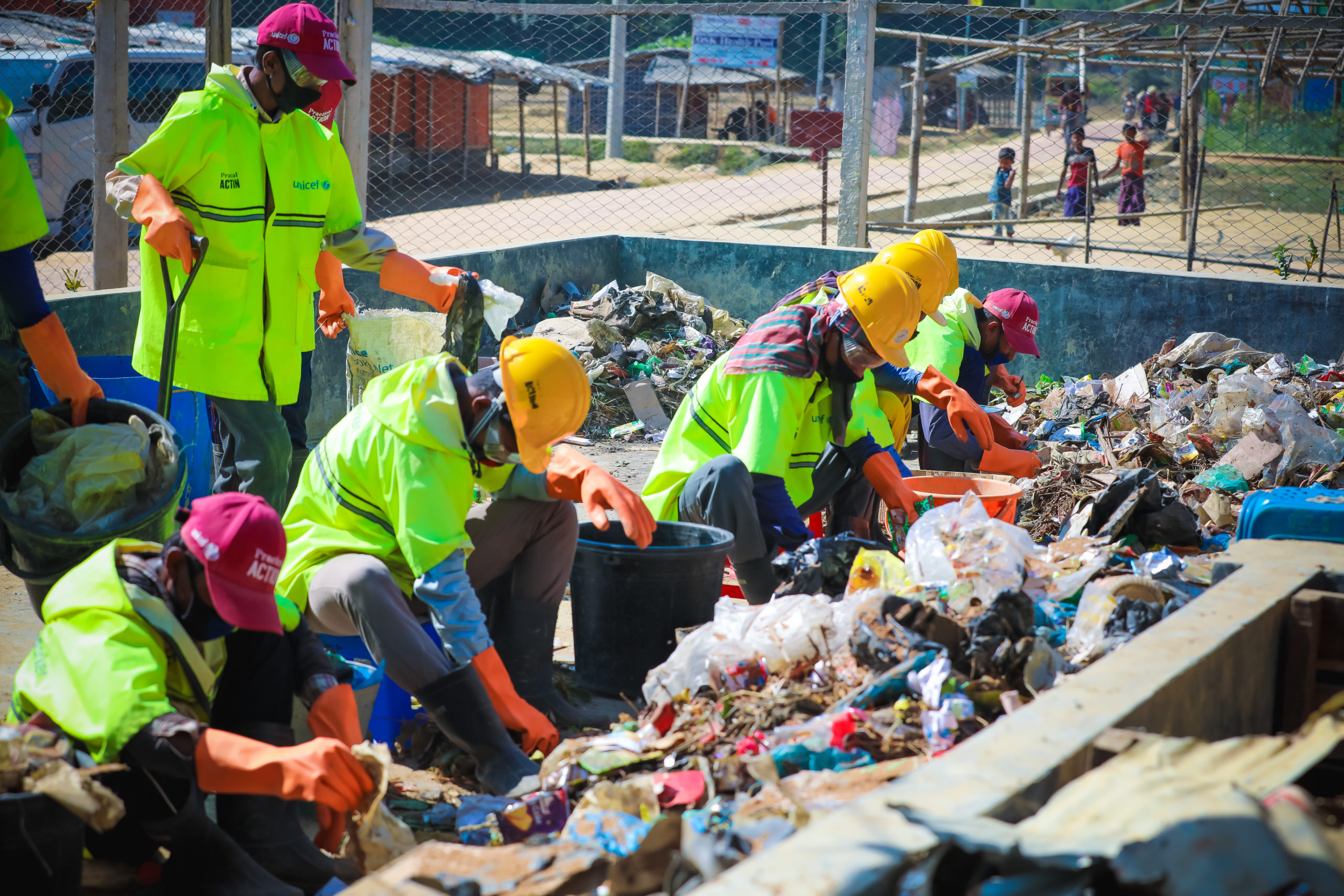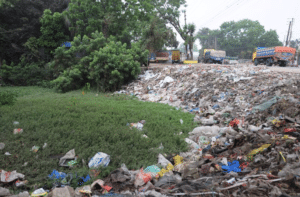It is estimated that up to 12 million tonnes of plastic ends up in the ocean every year. At the current rate of pollution, there is a strong possibility that there will be more plastic than fish in the sea by 2050 in terms of volume. Not only does this pose a serious threat to marine life, with significant risks of swallowing or becoming entangled in plastic, but tiny microfibres are also making their way into our diets via the seafood and fish we consume. A study in 2016 linked these plastic microparticles to organ damage, hormone disruption and immune system issues.
If we are to stymie the tide of marine plastic pollution, we first need to ask: How does plastic get into the ocean?
Plastic in the ocean
The vast majority of plastic originates from land based sources (80%) before entering the waterways. So how does it enter the ocean?

There are three ways:
- Littering and illegal waste dumping (or fly-tipping) – When plastic rubbish is not properly disposed of and discarded on the streets, it can be blown into canals, rivers and drainage systems.
- Wind – many single-use plastic items are lightweight. These are easily blown by the wind while being transported to landfill sites and then end up on the streets, in waterways or in drainage systems. Plastic rubbish can also be blown out of overfull roadside bins and landfill sites themselves.
- Flushing down the drain – Despite growing awareness on this issue, objects containing plastic are still being flushed down toilets instead of disposed into waste bins. Wet wipes, cotton buds and sanitary items that are inadequately disposed of find their way into the ocean via this route (plastic microbeads were previously a culprit, but now their usage in cosmetic and cleaning products has been thankfully banned by the UK Government).
But even if you are a forward-thinking flusher, the chances are you are still contributing to the flow via your washing machine, because microfibres are released into waterways when we wash our clothes. An average load of laundry can release 700,000 microplastic fibres. Smaller than a millimetre in length, it is impossible to capture these in a filter; they end up mixing with sediment on riverbeds or washing out into the ocean where are consumed by aquatic species and then reach the human food chain.
Aside from the waste originating on land, another important source of plastic pollution is human activity at sea. A 2019 report by Greenpeace revealed that 50,000 double-decker bus-loads’ worth of discarded plastic fishing equipment is left in the oceans each year.
How to stop plastic pollution

To reduce the amount of plastic in rivers and oceans, we all need to do our bit to curb the amount of plastic waste generated, and make sure we dispose of it in the most effective way available to us. The alliterative mantra, – Reuse, Repurpose and Recycle is pretty well-known, but there are actually 6 ‘R’s that we can keep in mind when considering whether to purchase or throw out an item. – Do we need it in the first place? Could we repair or repurpose another object instead?
If you want to go further, joining local litter-picking sessions is a great way to collectively clean-up parks, rivers and other areas. Although, with enough public awareness, ideally the litter would not be there in the first place. You can find further ways to best plastic pollution here.
When it comes to the microfibres released from our washing machines, there are a few actions we can take. These originate from synthetic clothing, so choosing to buy and wear organic alternatives (such as cotton, hemp, wool, silk and linen) is the best solution. Washing at a lower temperature for a shorter time will also help. Finally, do make sure the drum is full and use washing liquid instead of power to reduce friction between fabrics and grains. Filters and washing sacks are now being developed to mitigate the release of fibres.
Plastic Recycling
Waste management services vary massively around the globe. In the UK, all local councils have some form of plastic recycling collection, but make sure you’re following advice from your local council on their system. Some localities are better than others in terms of the number of recyclable plastics they will take, so it’s important to check whether the service is limited to plastic bottles only.
In an effort to clean up our cities, we’ve been helping to improve recycling systems in Bangladesh, India, Kenya and Zimbabwe. Dealing with waste is a huge problem in urban areas which lack financial resources, but with joined-up action and localised, ingenious solutions, the results have been encouraging. Read more about our approach in our report, Managing Our Waste; View from the Global South. We’re also excited to be launching an innovative recycling initiative to clean up plastic from Bangladesh’s rivers.

